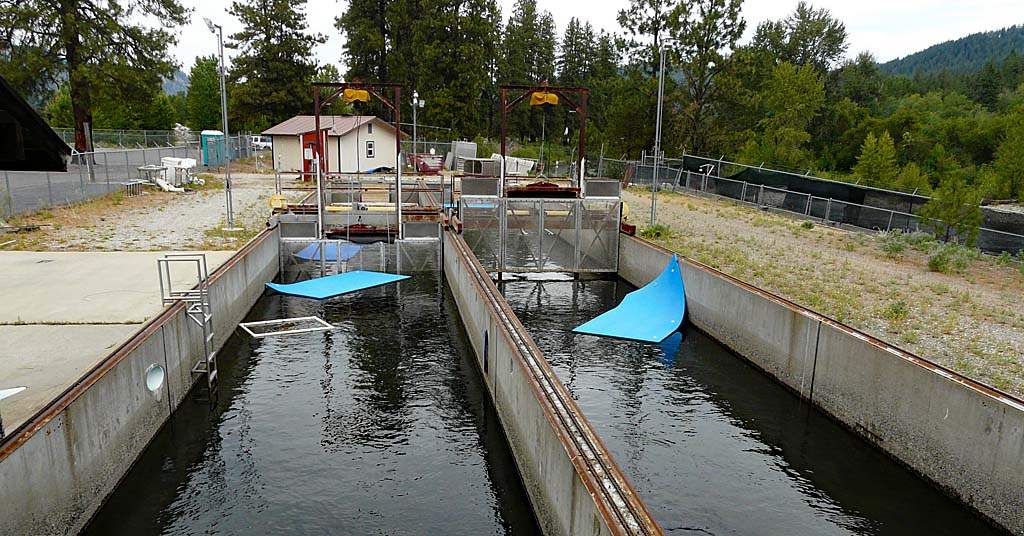The education corner: Time for school supplies
Published 6:00 am Saturday, August 28, 2021

- Scott Smith
It’s back-to-school time. After this last year, our children experienced many futuristic forms of back to school. Very few were what we would consider normal with the pandemic happening around us. The question is: What will school look like this coming fall? For the most part, something more traditional. Some good and not-so-good strategies happened over the past school year. Now we’ll see which ones remain and which ones do not.
One thing that won’t change for sure and is so important to kids is school supplies. The excitement of what is to come, the organizing of new pencils, rulers, crayons and scissors marks the beginning of school. The anticipation for that first day of school and the days ahead makes this an exciting time of the year for children.
Trending
The beginning of the school year is also an excellent learning opportunity for kids with the planning and anticipation, evaluating and adjusting they are, full of questions as they anticipate the coming school year. It can be frustrating for parents, however.
Use this time to expand your children’s minds. Students after first grade should be able to create their own supply lists. Ask them to calculate what the cost would be for you. You can also provide them with an amount to spend (budget) and create their shopping list. Don’t limit it to just school supplies. Clothing is an important part as well. That simple activity provides your child with the opportunity to use multiple life skills that will provide a strong foundation for not only
the school year ahead but lifelong understanding of shopping and the opportunity to guide them. It reinforces their writing skills as they create their lists. It forces them to use evaluative skills as they decide which items would be best. Having to stay within their budget amount or even just letting you know how much it will cost forces the use of math skills.
Preschool, kindergarten and first grade students have not had exposure to school supply preparation, but they are aware of it and get excited. Time and conversation with them are pivotal in the building of their understanding and for developing life skills. They are also able to start making some guided choices. Giving them the options between which pencils they would like to buy and telling you why they made their choice builds their understanding of language at their level. Ask questions such as, “What do you think you will be using these scissors for at school?”
We live in a busy world, and there are times as adults and parents that our “to-do” list is so long it seems easier to go get school supplies bought and ready for kids. If this happens, there are still ways to build that experience with your child. Have them check and see if what you bought matches the list from the school. You can have the kids add up what you spent by using the receipt and locating the price. They can check to make sure everything you bought is there (pull something out and leave it in the car and have them find it). These are life problem-solving skills your children will always use, and the activity makes for significant interaction with them. It may even keep them busy and give you a chance to catch up on other items.
Setting a couple of hours aside to take your children school shopping is one of the biggest keys to making this activity a success. Having them create their list before going will provide discussion points and boundaries that should make for an enjoyable experience. As busy parents, we want the job done, but don’t miss an opportunity for you and your child that they may carry on when their children are headed to school.









